Having been a maker of things most of my life, it becomes evident that you only have yourself to blame when a thing does not turn out as intended. When in the role of designer there are more aspects to consider, more hands touching the finished piece. Clear communication is key. With the design of integrated or “Rando” style bikes a fair amount of the detailing is in the fork: the physical dimensions, the aesthetic of the bend in the blades, the location of wire guides, rack mounts brake bosses and clearances for fender at the top. If this was easy you would see more of these style fork. Even in a production setting, there has to be extreme attention to detail and repeatability.
The first of the 700c forks from this batch were used as samples for our new powder coater. That went fantastic. The next step was using one of the forks to replace the one on Rambler No.1. I want to make sure that I have hands on experience with every aspect of a frame set that will be sent out to a customer. Building one into a bike now ensures that I will have experienced most challenges prior to a customer.
While practice helps, this was my fastest assembly yet. Everything was as it should be, brakes, wheel, fenders, racks, lights and headset crown race all went right into place.
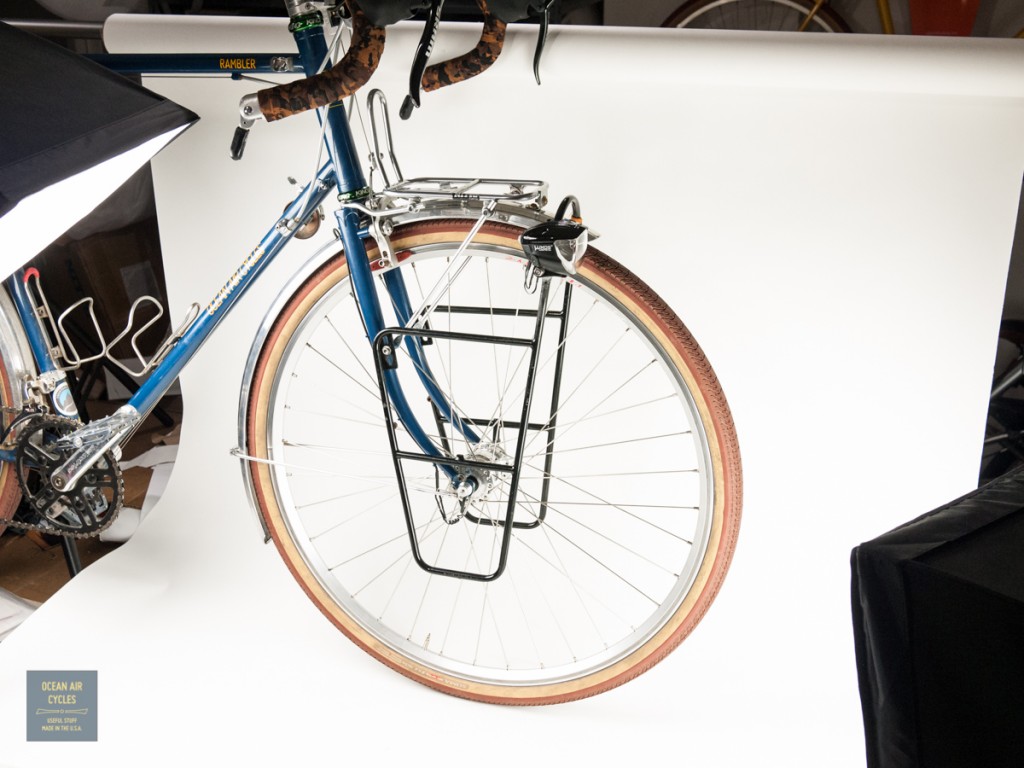 All of the details came together. The Nitto Mark’s rack and Bruce Gordon Lowriders bolted right up with no need for modification or adapter plates. Our own custom rack design is still off in the distance a bit.
All of the details came together. The Nitto Mark’s rack and Bruce Gordon Lowriders bolted right up with no need for modification or adapter plates. Our own custom rack design is still off in the distance a bit.
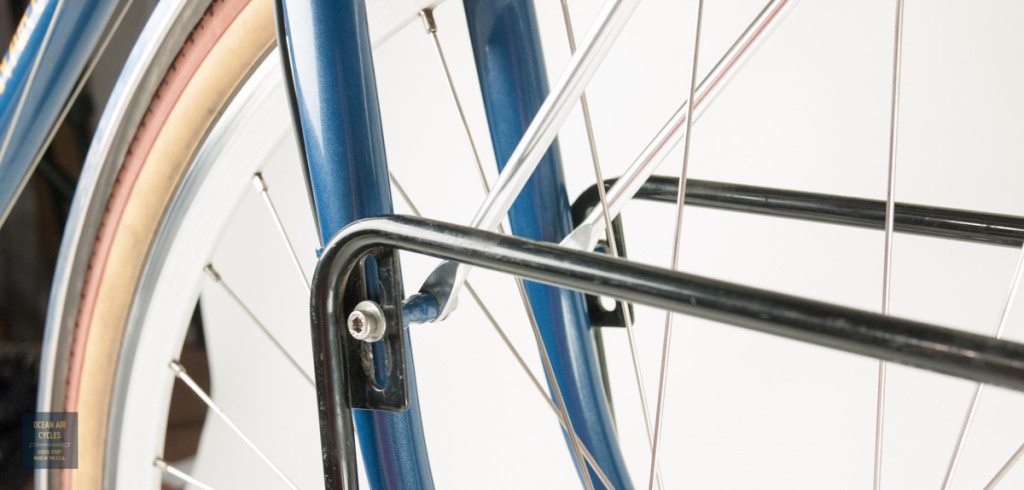 The new stainless steel dropouts we selected have perfect clearances for the fender p clips and rack lower mount. The inner faces are masked and the wheel slides in with ease
The new stainless steel dropouts we selected have perfect clearances for the fender p clips and rack lower mount. The inner faces are masked and the wheel slides in with ease
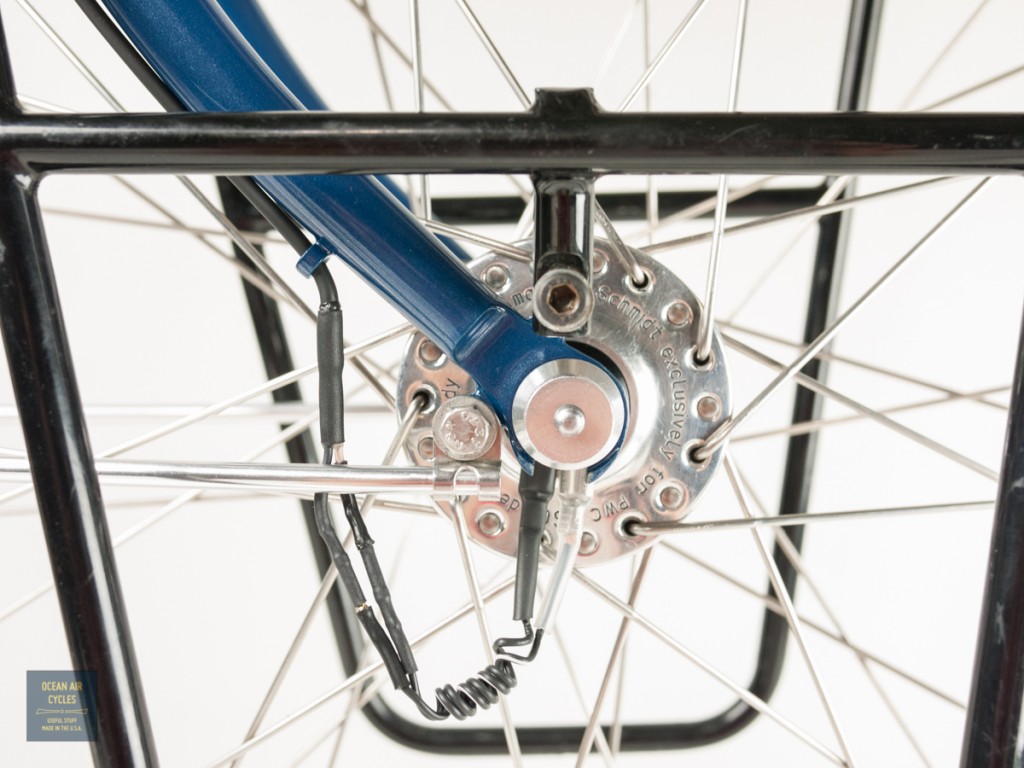 The wire guides on the right fork blade perfectly fit the newer 3mm coaxial light wires and easily pass the traditional 2 conductor wires.
The wire guides on the right fork blade perfectly fit the newer 3mm coaxial light wires and easily pass the traditional 2 conductor wires.
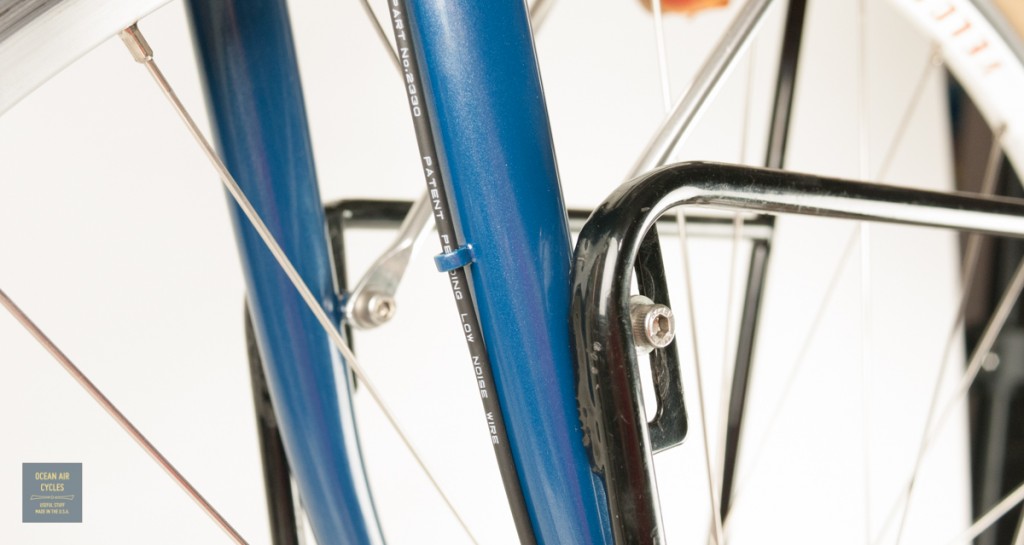 At the crown I used a star nut inserted into the bottom with a couple of washers and a traditional rubber washer gasket for vibration absorption. The crown race mounted straight and snug using a slide hammer.
At the crown I used a star nut inserted into the bottom with a couple of washers and a traditional rubber washer gasket for vibration absorption. The crown race mounted straight and snug using a slide hammer.
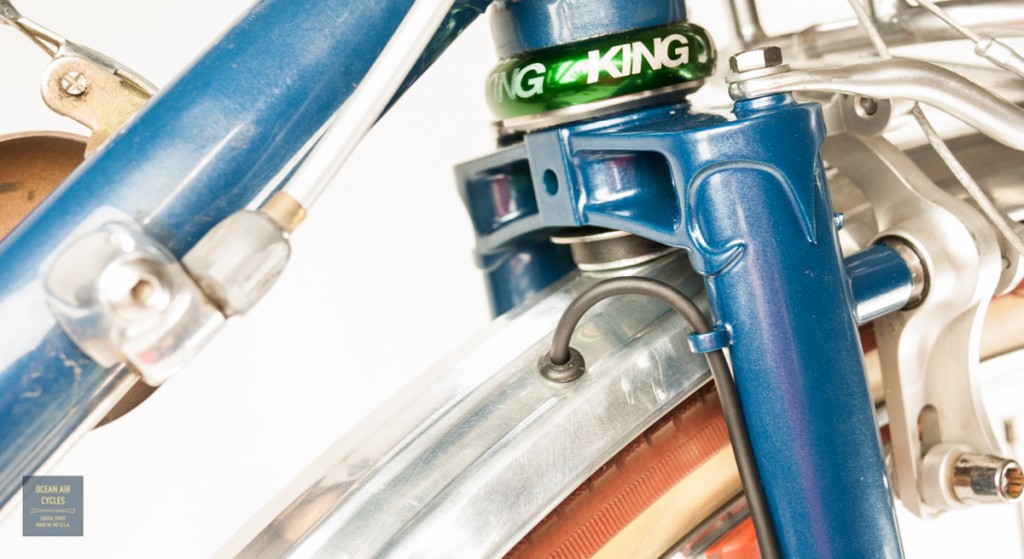 The results? A fast build that will help both the shop and home mechanic get the job done without a struggle. Rando bikes have a reputation for being fiddly to assemble, but that does not have to be the case if the frame set has everything in the proper place, as does the Rambler.
The results? A fast build that will help both the shop and home mechanic get the job done without a struggle. Rando bikes have a reputation for being fiddly to assemble, but that does not have to be the case if the frame set has everything in the proper place, as does the Rambler.
 After all of that the final aspect is the ride, and it delivers, smooth and easy, no rattles or loose bits. I am looking forward to pushing this fork for a long time. Proto No1. served well for over a year, but it is nice having everything perfect, as it should be for you as well.
After all of that the final aspect is the ride, and it delivers, smooth and easy, no rattles or loose bits. I am looking forward to pushing this fork for a long time. Proto No1. served well for over a year, but it is nice having everything perfect, as it should be for you as well.
Star nut for fender mount? Good idea!
I learned the trick from Mike at Black Mtn Cycles. It works well, but due to the butting of the Steerer you will either need to use a 1″ star with the tabs bent out a little before or a 1 1/8 withe the tabs bent in a smidge or hammer like hell to get it in there. I went the 1″ route, solid
I very much like the neat cable routing by drilling small holes into the fender. How do you fix the cable under the fender?
Thanks, one key step in the process is the push in grommets to keep the edge of the hole from cutting the wire. I usually tuck the wire into the rolled edge of the center, Berthoud makes this the easiest. Once everything is in place, tested and good to go I flip the bike and seal it in place with RTV silicone, solid, and easy to strip of if needed.